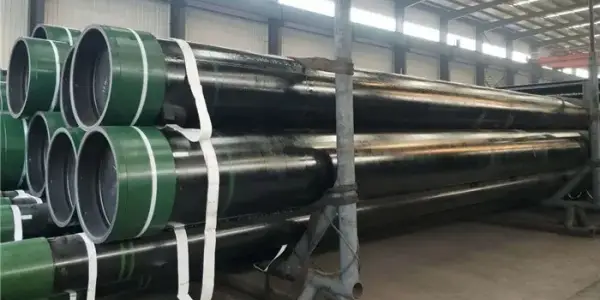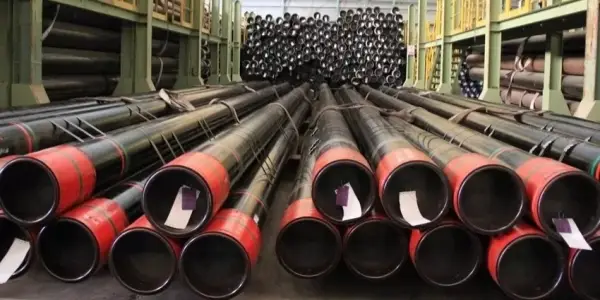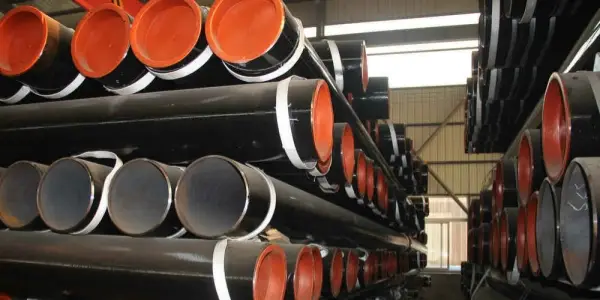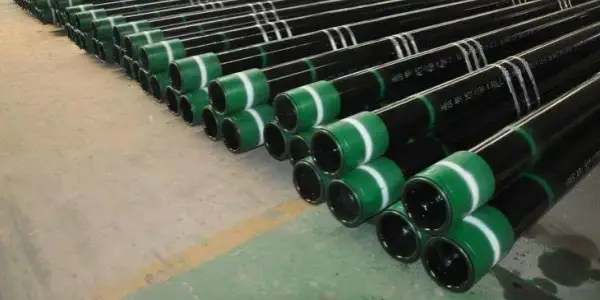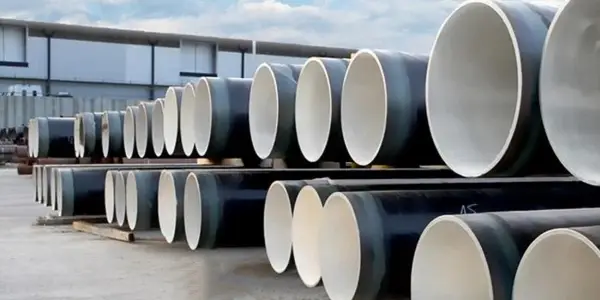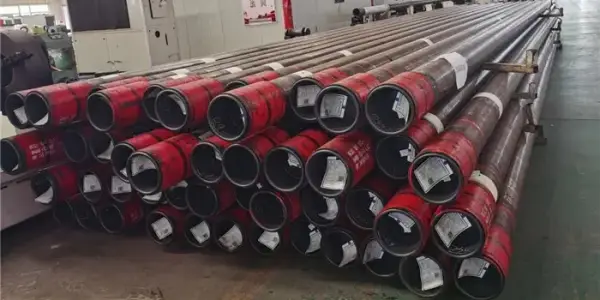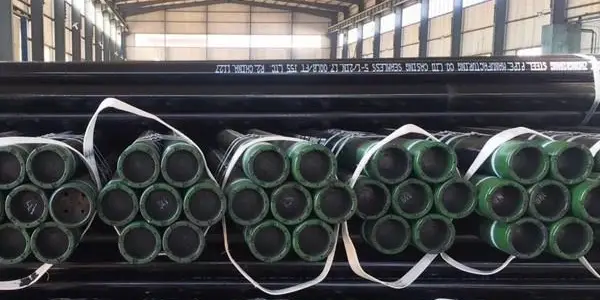-
How To Prevent Oil Casing Damage?
It is very important to prevent oil casing damage, because damaged oil casing may cause fluid leakage, pollute the environment, and even cause safety issues. So how to prevent oil casing damage? Here are some ways to prevent oil casing damage.
Read More
-
How to Distinguish the Thread of Oil Casing Pipe?
Distinguishing the thread of an oil casing pipe is important for ensuring a proper and secure connection during the drilling and production process. The thread type of the casing pipe must match the thread type of the other components, such as wellheads, tubing, and other downhole tools. Here are the steps to help you distinguish the thread of an oil casing pipe.
Read More
-
API Casing Pipe Damage Repairing Technology
In oil field development, API casing is usually damaged due to various reasons such as improper production methods, improper production stimulation measures, too frequent well workovers, working in an unrepaired state, high-pressure injection, etc. So how do you repair oil well casing to restore production? Let's find out in this article.
Read More
-
What Is API Seamless Casing?
Oil and casing play an important role in oil and natural gas exploration and production. API oil casing can be mainly divided into two types: seamless casing and ERW casing. Seamless casing and connections are considered the most commonly used oilfield casing today. Today, Union Steel Industry will mainly discuss seamless casing in this article.
Read More
-
API ERW Casing Pipe
ERW (Electric Resistant Welded) steel pipe refers to a straight seam welded pipe manufactured by high-frequency resistance welding process. ERW casing, also called TUF pipe, is made of large-diameter ERW steel pipe and is used to fix oil and natural gas wells or oil wells. This article will introduce ERW casing in detail, continue reading to learn more.
Read More
-
API 5CT Hydrostatic Test Of Oil Casing
The hydrostatic test of API 5CT oil casing is to test the pipe under a specified pressure when it is filled with water to see whether leakage or rupture will occur. It is used to detect the leakage resistance of the steel pipe under standard test pressure and pressure stabilization time. It is a steel pipe An integral part of the manufacturing process. The operation includes three steps: flushing, pressure testing, and water control. Today, we will introduce in detail the hydrostatic test of API 5CT oil casing.
Read More
-
How To Avoid End Warping Of The Anti-Corrosion Layer Of 3PE Coated Steel Pipes?
3PE coated steel pipes have been widely used in the oil pipeline industry due to their good corrosion resistance, water vapor permeability resistance and mechanical properties. However, the ends of such anti-corrosion coated steel pipes are prone to warping problems. This article will introduce in detail how to avoid end warping of the anti-corrosion layer of 3PE coated steel pipes.
Read More
-
Internal And External Anti-Corrosion Of Spiral Steel Pipe
Spiral steel pipe (SSAW) is formed from narrower sheets or hot-rolled coils, which is suitable for transporting large quantities of oil and gas. Generally, the internal and external anti-corrosion process of spiral steel pipe is: base surface treatment→rust removal, welding slag→preparation Paint→intermediate paint→brushing or spraying construction→maintenance. This article will introduce in detail how to perform internal and external anti-corrosion of spiral steel pipes.
Read More
-
Application Characteristics Of API Oil Casing
API oil casing is used in oil well drilling. It is mainly used to support the well wall during the drilling process and after well completion to ensure the progress of the drilling process and the normal operation of the well after completion. Petroleum casing can be divided into two types: short threaded casing and long threaded casing. Today, Union Steel will introduce to you in detail the application characteristics of API oil casing.
Read More
-
Things To Note When Purchasing Tubing And Casing
Oil pipes are widely used to transport crude oil and natural gas to the surface after drilling, and they are also under the pressure of exploration.Oil casing is widely used to fasten the well wall or well wall of oil and gas wells, and is an important guarantee for normal operations after drilling and completion of oil and gas wells. So, what should you pay attention to when choosing tubing and casing? Read on to learn more about this.
Read More

 English
English Español
Español




 Tel : +86-18565811709
Tel : +86-18565811709 Email :
Email : 


